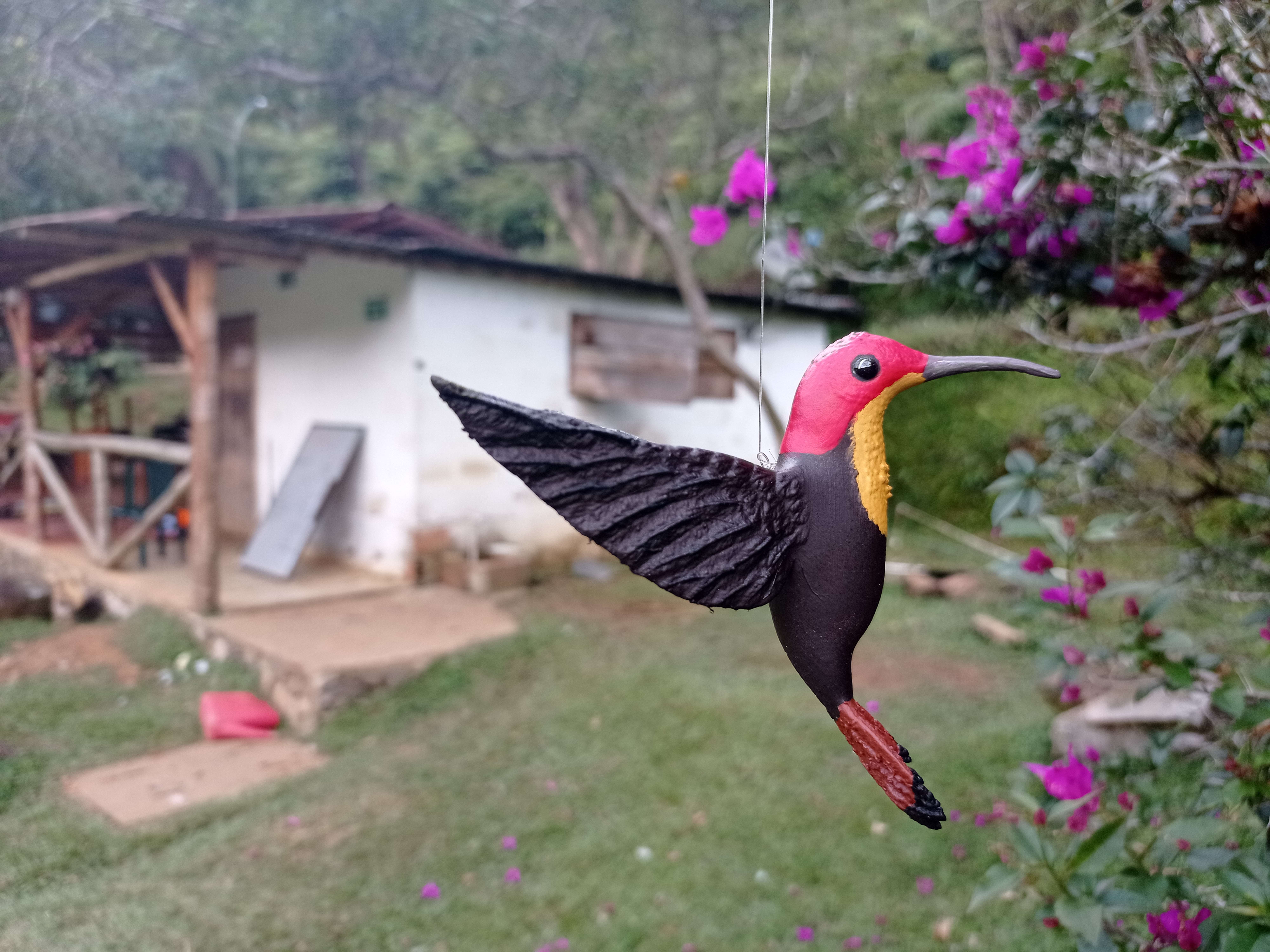How to Attract Hummingbirds with the Right Plants
Guide or Summary:Plants to Attract Hummingbirds: A Comprehensive GuideTop Plants to Attract HummingbirdsCreating a Hummingbird-Friendly EnvironmentHummingbi……
Guide or Summary:
- Plants to Attract Hummingbirds: A Comprehensive Guide
- Top Plants to Attract Hummingbirds
- Creating a Hummingbird-Friendly Environment
Hummingbirds are among the most captivating creatures in the bird world, known for their vibrant colors, rapid wing movements, and enchanting hovering display. These tiny, yet mighty birds are a delight to watch, but attracting them to your garden or backyard can be quite the challenge. Fortunately, there are specific plants that hummingbirds adore, and with the right selection, you can create a thriving hummingbird haven in your own backyard.
Plants to Attract Hummingbirds: A Comprehensive Guide
Hummingbirds are nectar feeders, which means they rely on plants that produce nectar-rich flowers to sustain their energy needs. When selecting plants to attract hummingbirds, it's essential to choose those that bloom during the hummingbird's migratory season. In North America, this typically ranges from spring through fall.
Top Plants to Attract Hummingbirds
1. Buddleia - Also known as butterfly bush, this plant is a favorite among hummingbirds. Its tubular flowers come in shades of pink, purple, and white, attracting both hummingbirds and butterflies.
2. Salvia - Salvia species, such as Salvia 'Hummingbird Magic,' are renowned for their vibrant flowers and long bloom periods. They provide a continuous source of nectar for hummingbirds and are available in a variety of colors, including red, pink, purple, and blue.

3. Trumpet Vine - The trumpet vine, with its vibrant orange flowers, is an excellent choice for attracting hummingbirds. Its tubular shape and abundant nectar make it a favorite among these tiny birds.
4. Penstemon - Also known as beardtongue, this plant offers a variety of tubular flowers in shades of red, pink, purple, and white. It's a great choice for hummingbirds and is also drought-tolerant, making it a low-maintenance option.
5. Phlox - Phlox species, such as Phlox 'Blue Spire,' are known for their fragrant flowers and long bloom periods. They produce nectar-rich flowers in shades of blue, pink, purple, and white, making them a favorite among hummingbirds.
Creating a Hummingbird-Friendly Environment
In addition to selecting the right plants, creating a hummingbird-friendly environment involves a few other key strategies:
1. Water Source - Hummingbirds need a reliable water source to drink from and bathe in. A shallow dish filled with fresh, clean water can be placed in a sunny spot in your garden, ensuring it stays clean and fresh for the birds.
2. Shelter - Hummingbirds require shelter from the elements, especially during cool or rainy weather. Providing small trees, shrubs, or even a hummingbird feeder with a built-in perch can offer much-needed protection.
3. Seasonal Variety - To ensure a continuous supply of nectar throughout the hummingbird's migratory season, it's important to plant a variety of flowers that bloom at different times of the year. This will provide a steady food source and keep the hummingbirds visiting your garden.
4. Attracting Insects - Hummingbirds also feed on insects, so having a diverse range of plants that attract insects can provide an additional food source for these birds.

By selecting the right plants, creating a hummingbird-friendly environment, and providing a consistent food source, you can successfully attract hummingbirds to your garden or backyard. Not only will you get to enjoy the beauty and charm of these enchanting birds, but you'll also contribute to the preservation of these fascinating creatures. So, go ahead and plant the perfect hummingbird garden today!